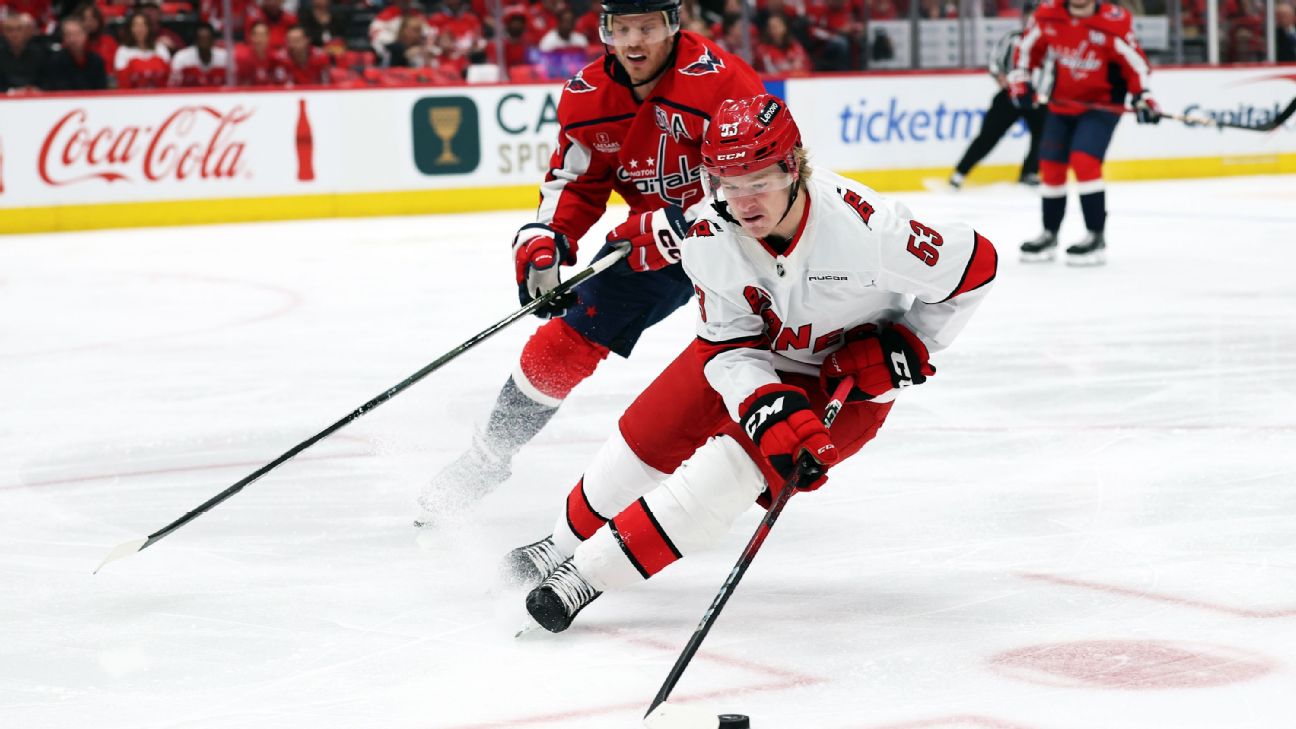Strategic Moves for the Maple Leafs: Why Letting Go of Mitch Marner Could Be the Key to Long-Term Success
Exploring the strategic decisions the Toronto Maple Leafs must make this offseason, focusing on the potential departure of Mitch Marner and the pursuit of contract efficiency.

The Toronto Maple Leafs are at a crossroads this offseason, with critical decisions that could shape the franchise's future. One of the most pressing issues is whether to re-sign perennial All-Star Mitch Marner. Given the current salary cap environment and the need for contract efficiency, letting Marner go might be the best move for the team's long-term success.
The Current Landscape
The 2025 NHL offseason is marked by a thin pool of high-level free agents and an escalating salary cap. This scenario increases the risk of overpaying for talent, a mistake that could hinder a team's ability to contend for the Stanley Cup. Mitch Marner, the most sought-after free agent this year, is expected to command a hefty contract, potentially around $14 million annually. However, an efficient contract for Marner would be closer to $12 million, making any deal above that value a potential liability.
The Case Against Re-signing Marner
Re-signing Marner to a bloated contract could disrupt the Maple Leafs' salary cap structure, making it difficult to balance the lineup. For a team aiming to contend, contract efficiency is crucial. Players like Sam Reinhart, Nikita Kucherov, and Kirill Kaprizov have demonstrated the value of outperforming their contracts, providing their teams with a competitive edge. Marner, despite his regular-season prowess, has yet to replicate this level of performance in the playoffs, raising questions about his value in high-stakes situations.
Alternative Strategies
Instead of re-signing Marner, the Maple Leafs should consider redistributing his salary across multiple players to create a more balanced and deeper lineup. Here are some strategic moves they could make:
- Extend John Tavares: Tavares, who scored 38 goals last season, is likely to sign an efficient contract around $5 million annually. This would provide the Leafs with a reliable middle-six center.
- Invest in Matthew Knies: Opting for a long-term deal with Knies, rather than a bridge contract, could secure a valuable player at a reasonable cost, estimated around $8.5 million annually.
- Trade Depth Players: Moving players like David Kampf, Calle Jarnkrok, Max Domi, and Nick Robertson could free up cap space to sign more impactful players such as Matt Duchene, Brad Marchand, or Pius Suter.
- Promote Easton Cowan: Utilizing Cowan on his entry-level contract in a middle-six role could add youthful energy and cost-effective production to the lineup.
Learning from Successful Teams
Successful NHL teams like the Florida Panthers and Edmonton Oilers have demonstrated the importance of contract efficiency and balanced lineups. The Panthers' third line was instrumental in their playoff success, a testament to the value of depth and efficient contracts. The Maple Leafs should emulate this approach, focusing on building a team where the best players outperform their contracts and the depth provides quality minutes.
Conclusion
For the Toronto Maple Leafs to achieve long-term success, they must prioritize contract efficiency and avoid overpaying for talent. Letting go of Mitch Marner, while a difficult decision, could be the key to creating a more balanced and competitive team. By redistributing Marner's salary across multiple players and learning from successful franchises, the Maple Leafs can position themselves as serious contenders for the Stanley Cup in the years to come.































